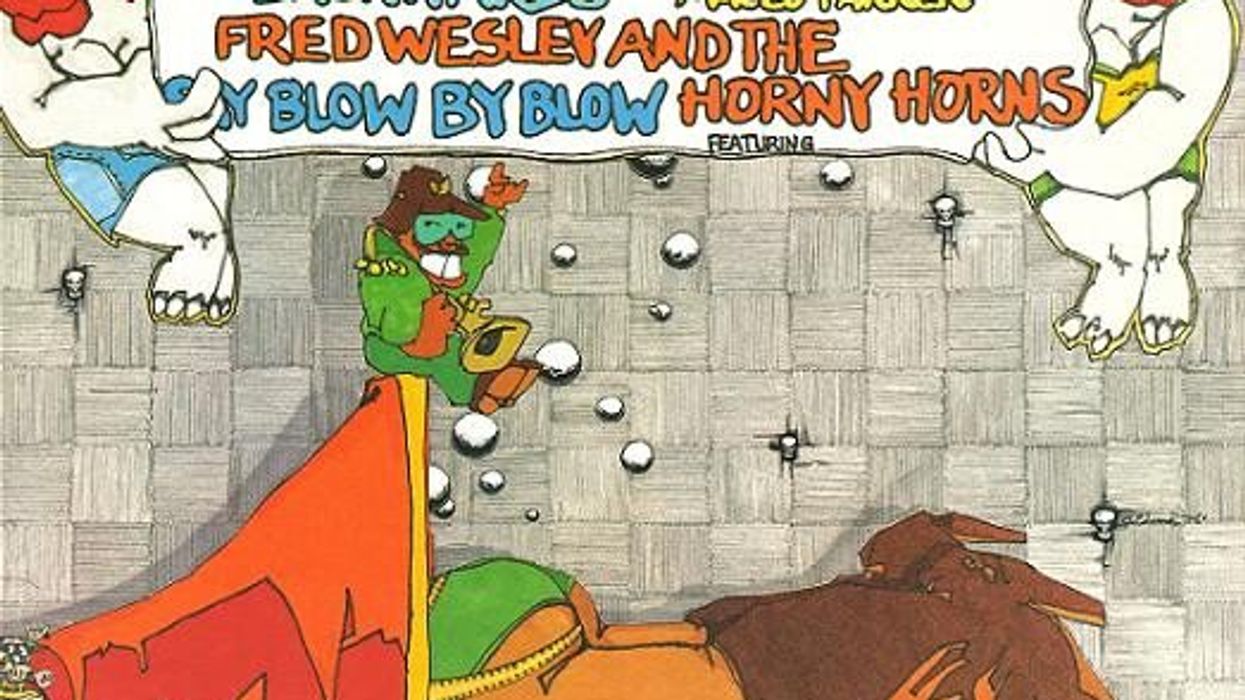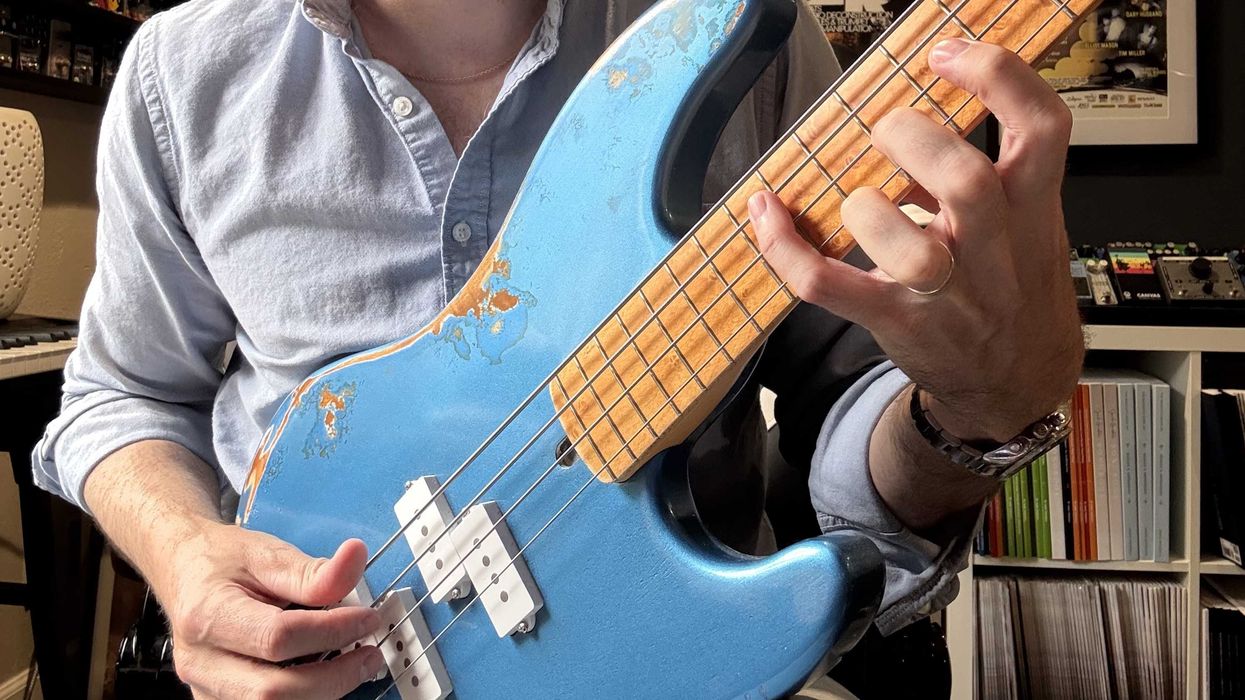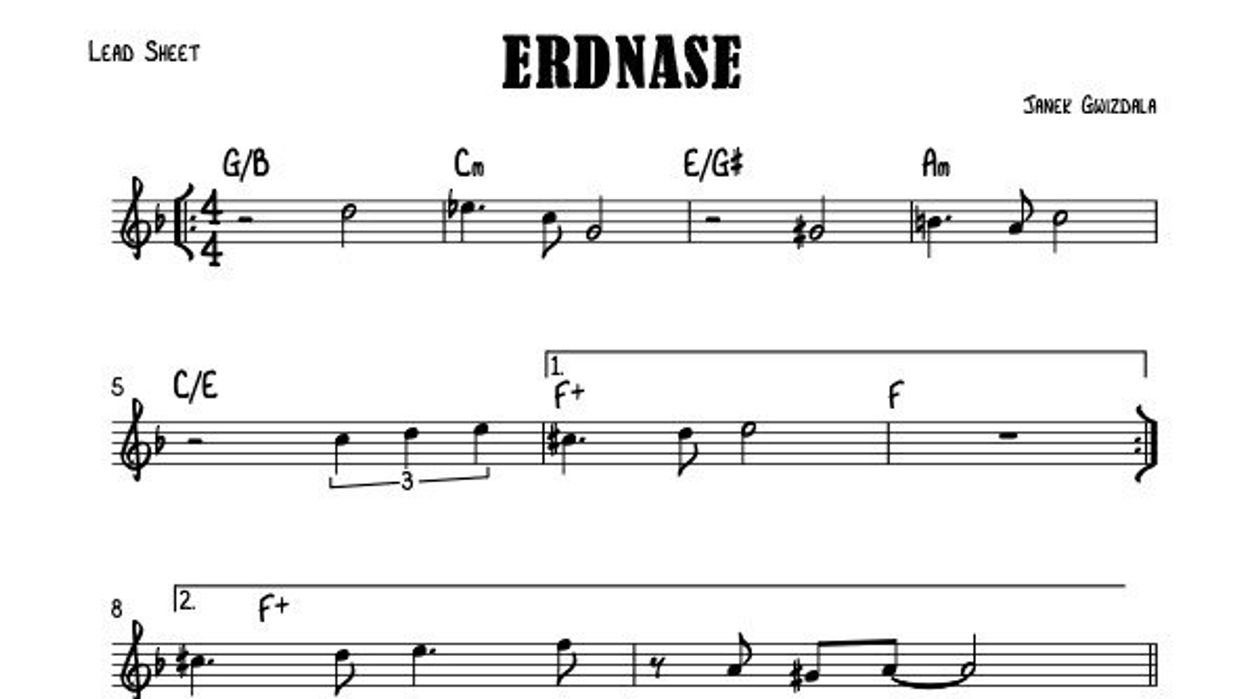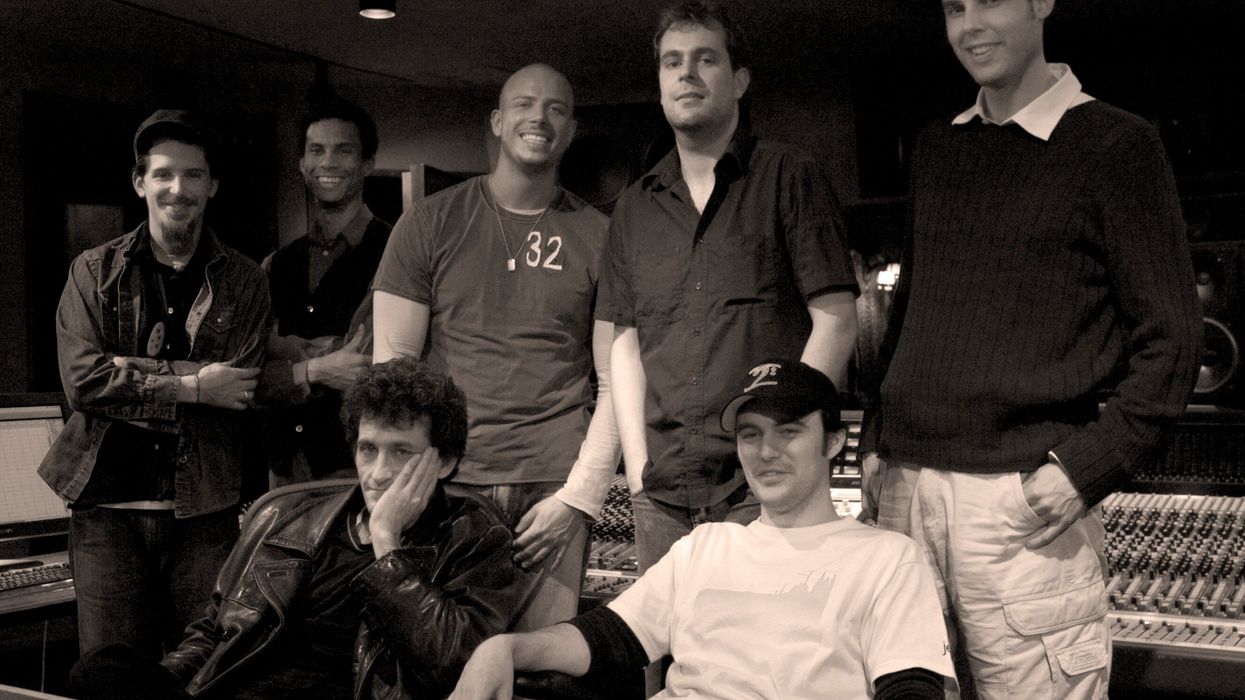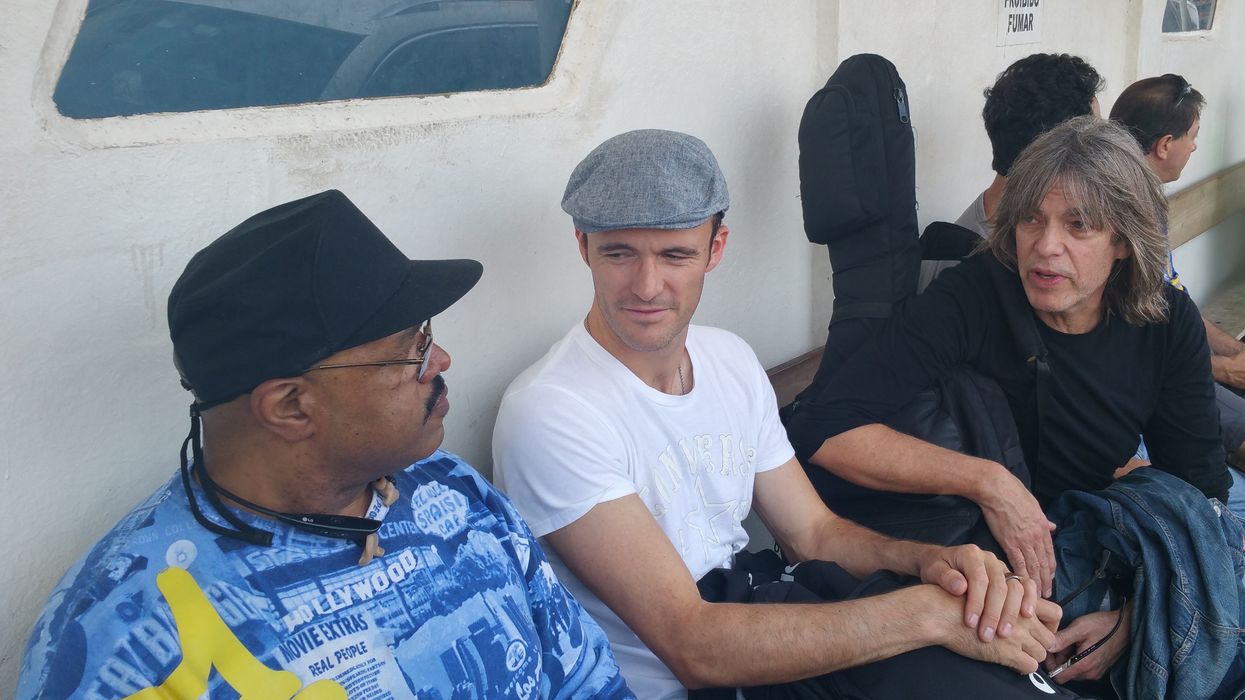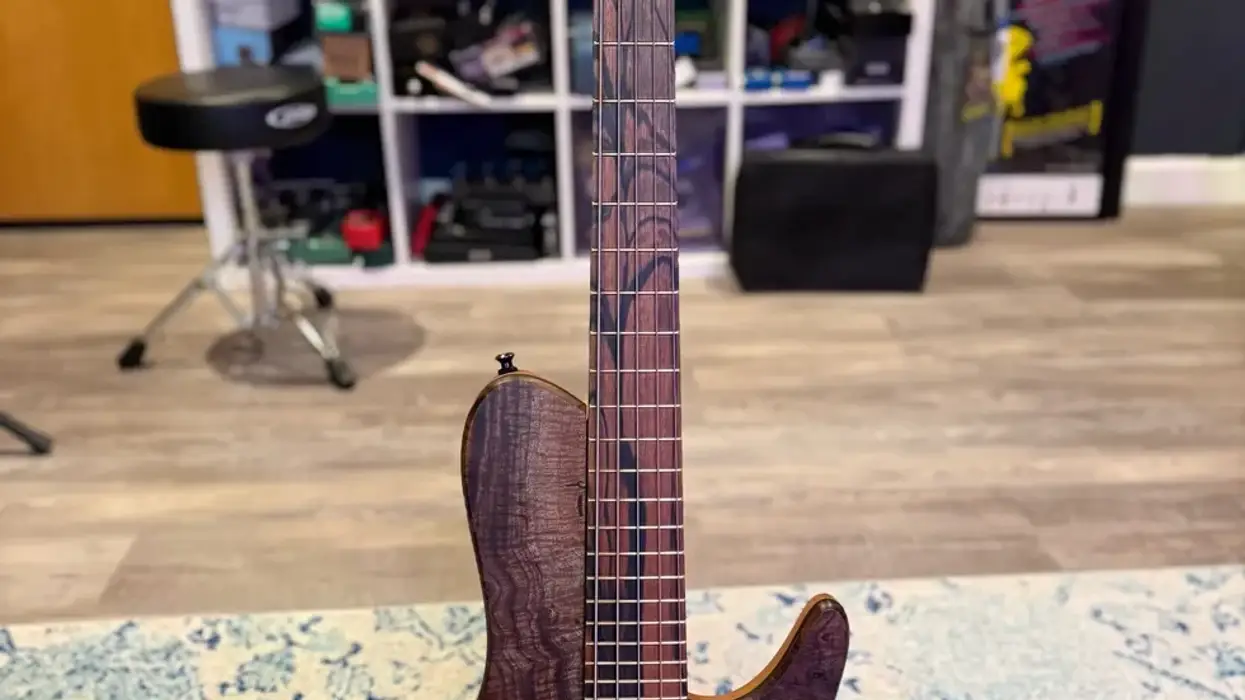Most of us are continually working to broaden our bass skills, from fretboard familiarity and technical mastery to specific musical competencies, like bass-line construction and development, walking, and soloing. Along the way, we may try to incorporate the tone and techniques of specific bassists into our playing, sometimes while learning their parts from songs they played on.
In so doing, we gather influences from here and there which gradually become part of our own individual style. All art borrows from what’s come before, and that’s certainly true when it comes to incorporating ingredients from other players into our personal playing approach.
Many of us, though, with practical concerns in mind, value versatility over developing a personal style. We work to enlarge our skill set, so we can have more opportunities to play. In our quest to be broadly knowledgeable and prepared for anything, we may not even think of ourselves as having a notable style. Marcus Miller has a style, we think. Players like Flea, Joe Dart, Steve Harris—those players have a style.
But having a personal playing style is like handwriting. You may write the same words as countless others, and maybe they even convey the same meaning. However, the flair with which you produce them is unmistakably yours, no matter how many different kinds of things you write. And the musical parallel is true whether you spend most of your time playing covers or coming up with original bass lines of your own. Maybe you have a tendency toward a certain kind of phrasing, or you lean toward shorter, punchier notes. Maybe you have a penchant for the pentatonic when soloing, or you instead opt for upper extensions and altered notes. The factors that make up your style might be much more subtle, but in aggregate you can tell when it’s you on a recording—and when it’s not. You can’t help it: You’re unique.
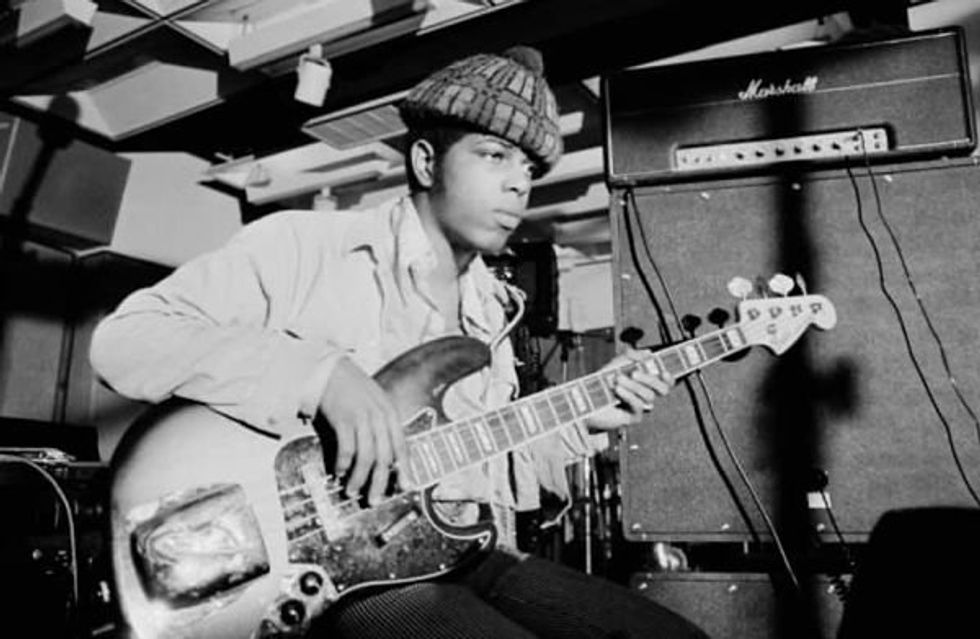
Courtesy of Billy Bass Nelson
And you can—and perhaps should—have it both ways. You can strive to be a versatile, flexible player and still cultivate a personal style. The trick is in being aware of the elements that define your playing personality, and yet not letting your understanding of them limit your playing choices. As double bassist and composer Edgar Meyer once said, “Having a strong style is like having a big rut.”
“George Clinton described Billy’s style as having ‘the Motown flavor with the aggressive rock attitude.’”
One of the best ways to grasp the concept of individual bass style is to listen to bands that have had more than one bass player. I once had the opportunity to play behind legendary P-Funk and James Brown trombonist Fred Wesley—a musician with a pretty strong style of his own. I had to learn several tunes, and was particularly struck by the bass on “Half a Man,” from Fred Wesley & the Horny Horns’ 1979 album, Say Blow by Blow Backwards. A growling string slide opens the track, followed by a couple of clipped root notes, another swoop, and an alternating eighth-note lick that eventually ladders its way back down to the tonic. I was intrigued. It didn’t sound at all like Bootsy Collins, whose swinging 16th-note rhythms with Parliament I was more familiar with. It wasn’t like the jazzier funk of Rodney “Skeet” Curtis, and it was more raw and bluesy than funkateer Cordell “Boogie” Mosson’s work.
So at soundcheck, when I finally had the opportunity to meet Fred Wesley, one of the first things I asked him was who was that bassist? “Oh, that’s Billy’s bass,” he replied, referring to original Funkadelic bassist “Billy Bass” Nelson. It was Nelson who played the understated groove of “Can You Get to That” and the bluesy unison lick from “Hit It and Quit It,” both from Funkadelic’s classic 1971 album, Maggot Brain. But there’s nothing understated about his prominent part on “Half a Man,” which features swift chromatic runs through the chorus changes. George Clinton described Billy’s style as having “the Motown flavor with the aggressive rock attitude.”
I encourage you to explore the different playing personalities of the P-Funk pantheon as a primer in the potential of a personal style. To guide your journey, I recommend following along in Jimmy Leslie’s “Bassists of P-Funk” chapter in The Funky Bass Book, which is available on Amazon.
So, how do you balance versatility and cultivating a style? The key is in not settling. Always be listening, learning, and practicing as a means of expanding your bass playing vocabulary. Challenge your assumptions about yourself and your playing. Try new things. Play with different people. And remember that you don’t have to try to be unique and original; you simply are.


